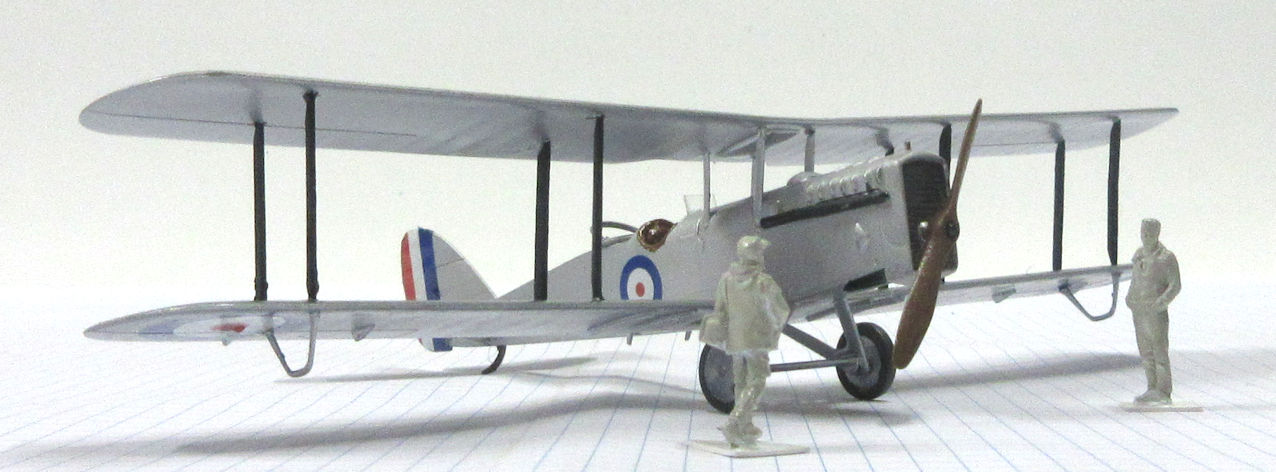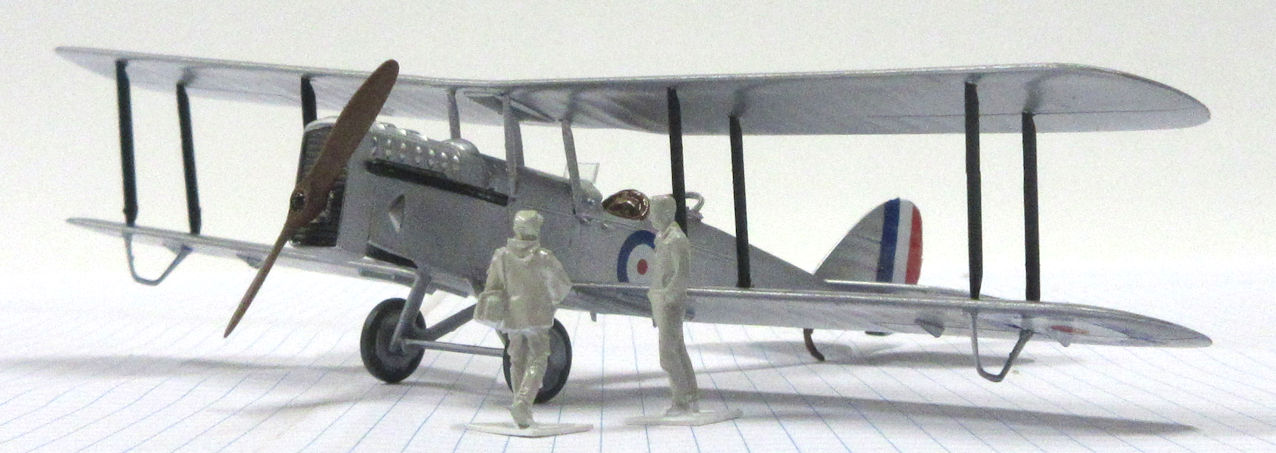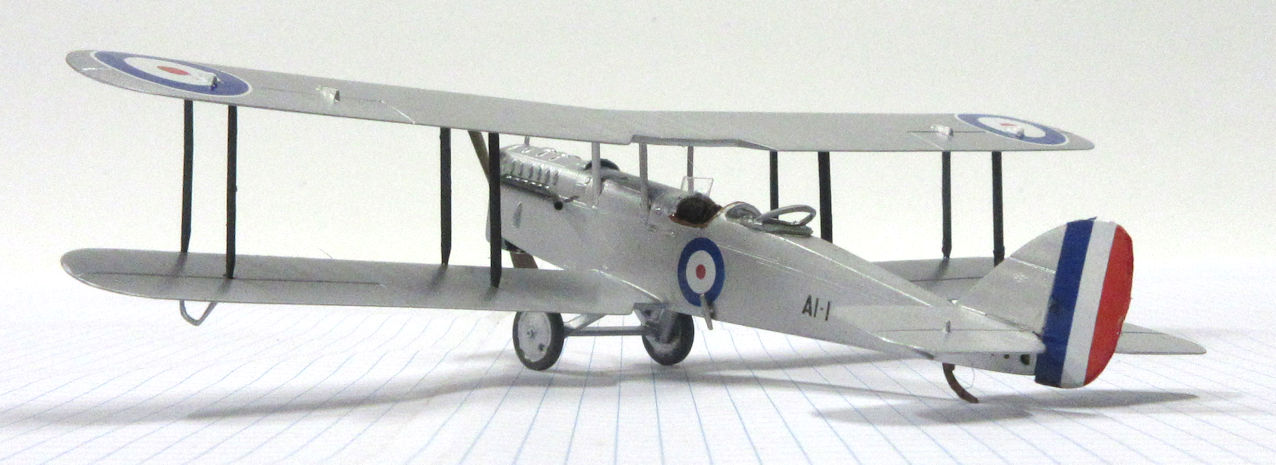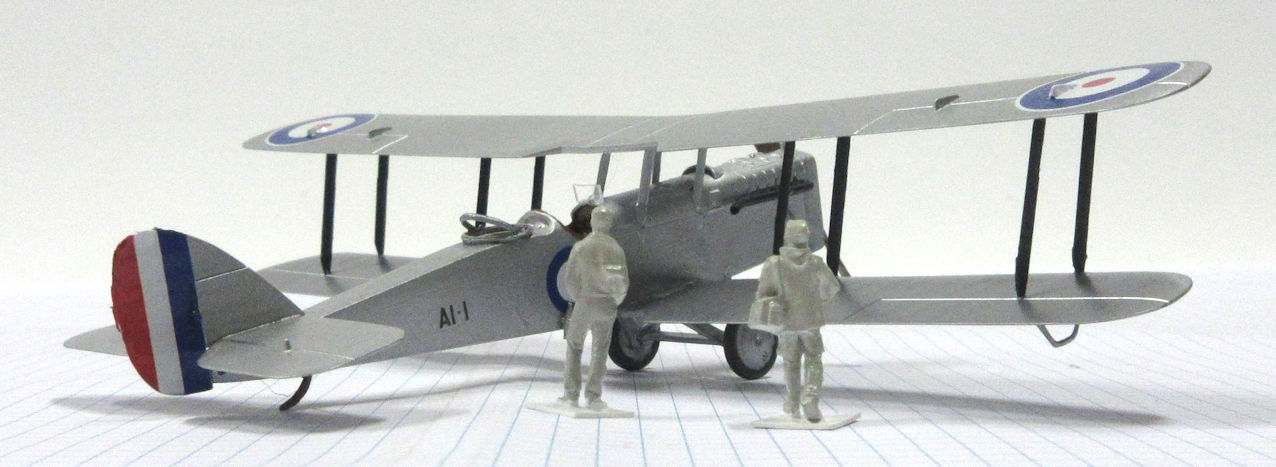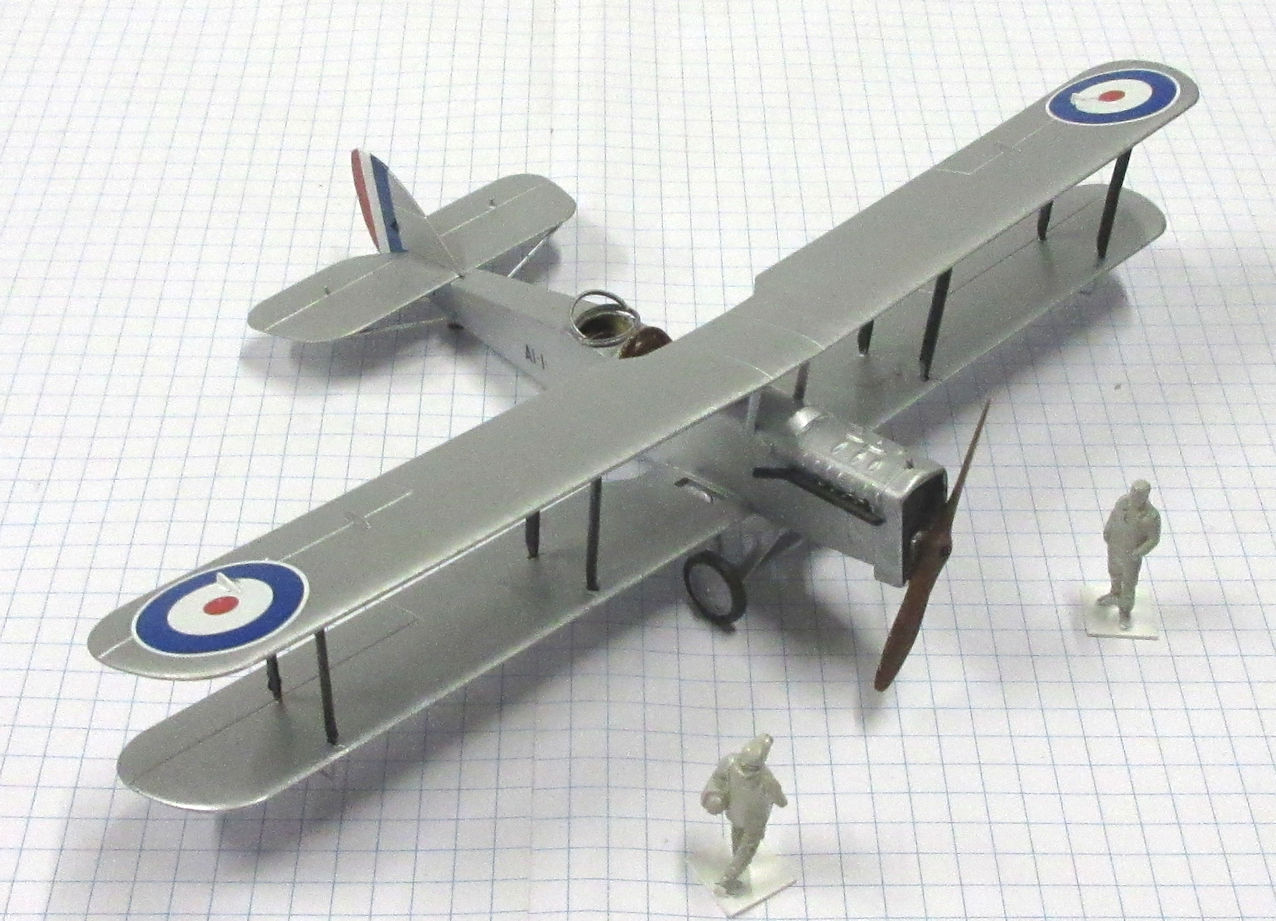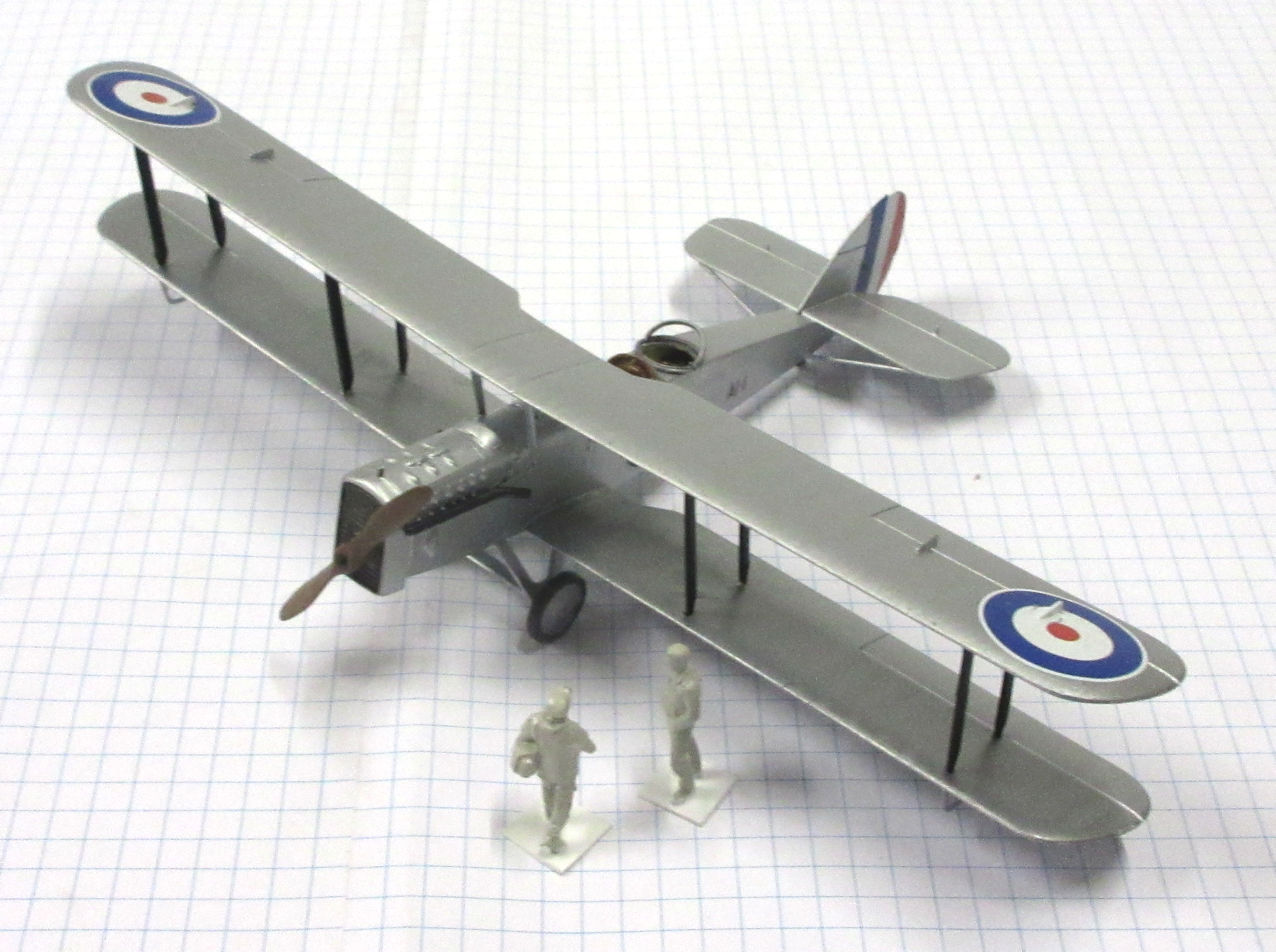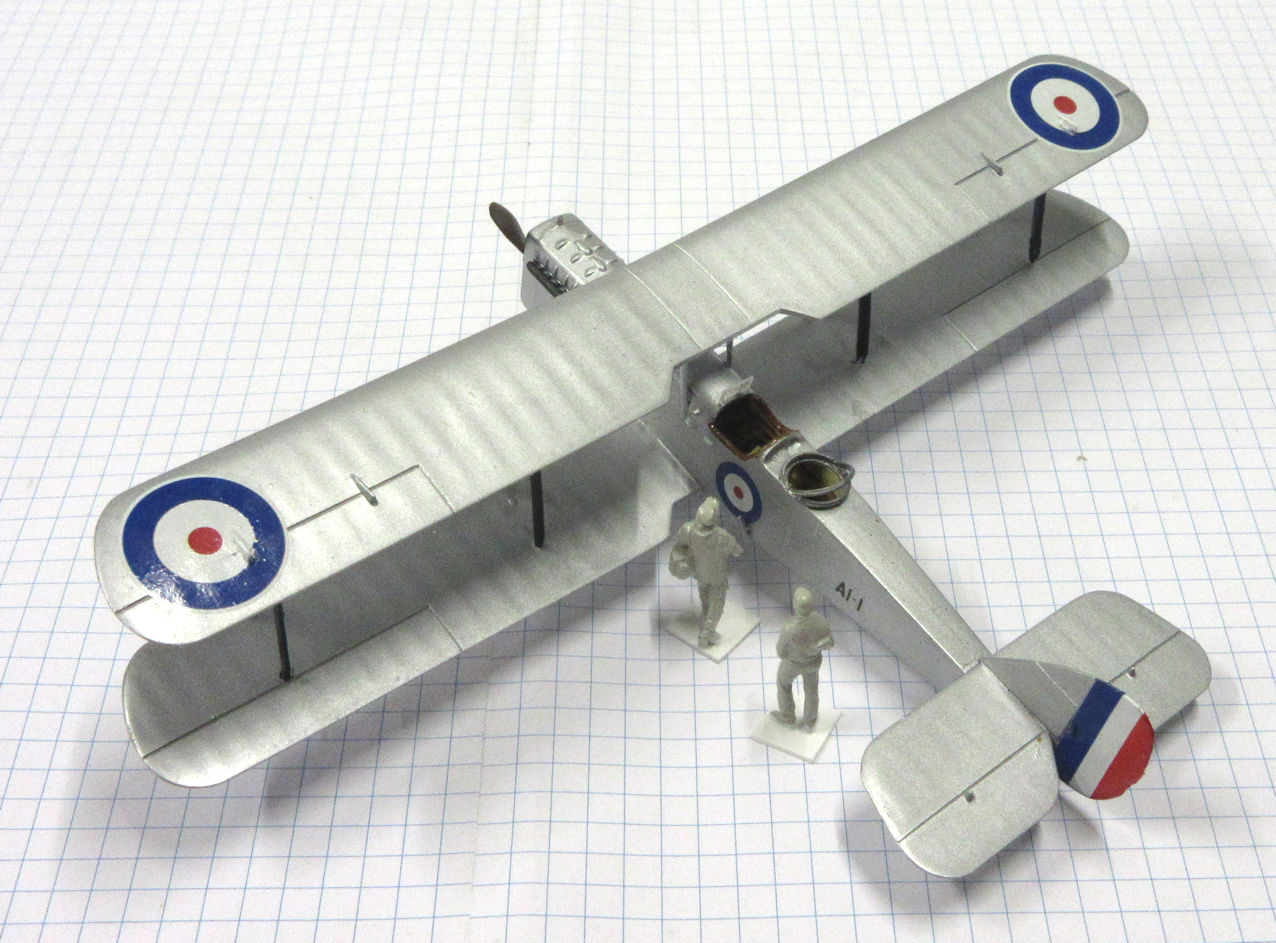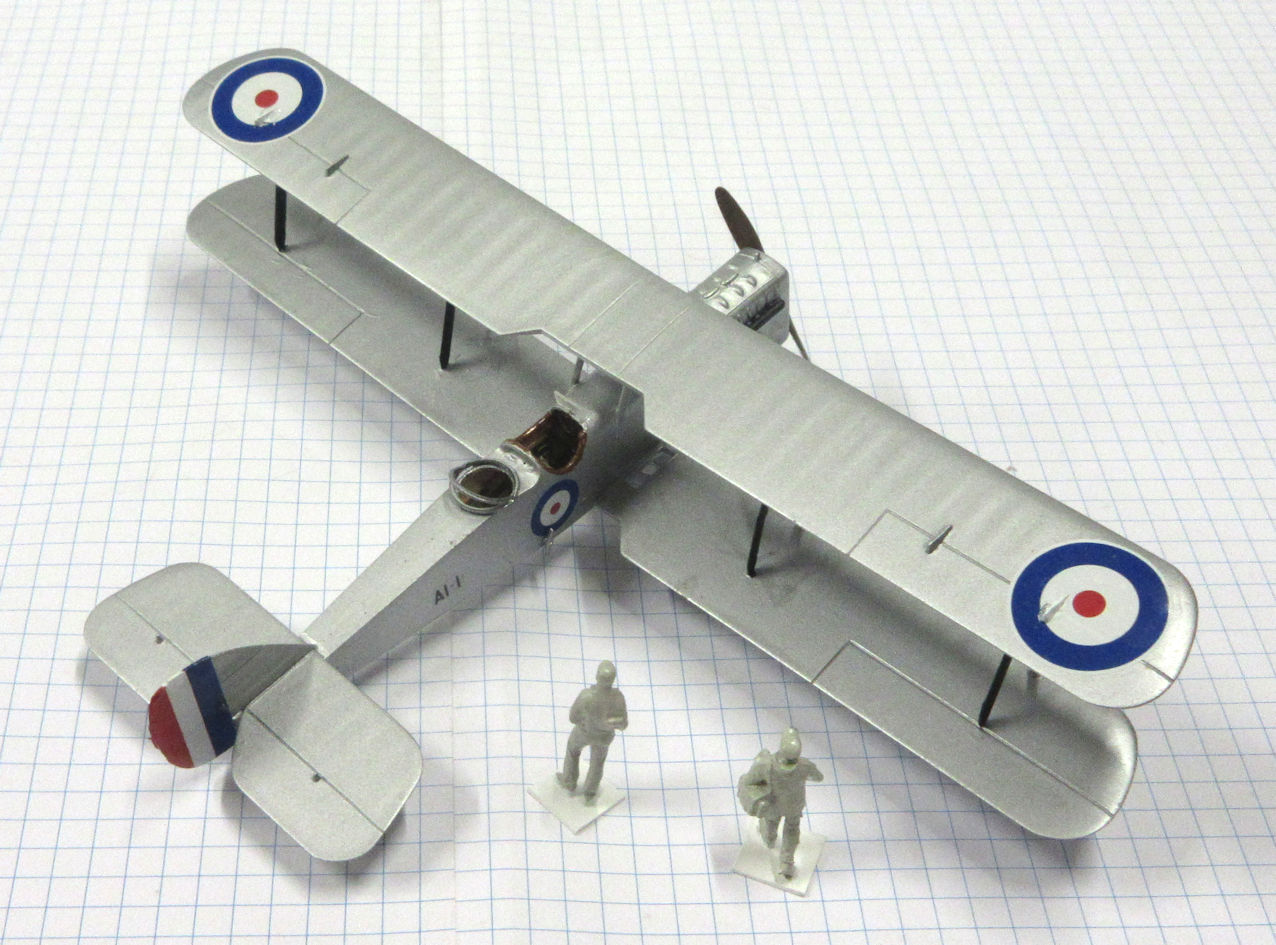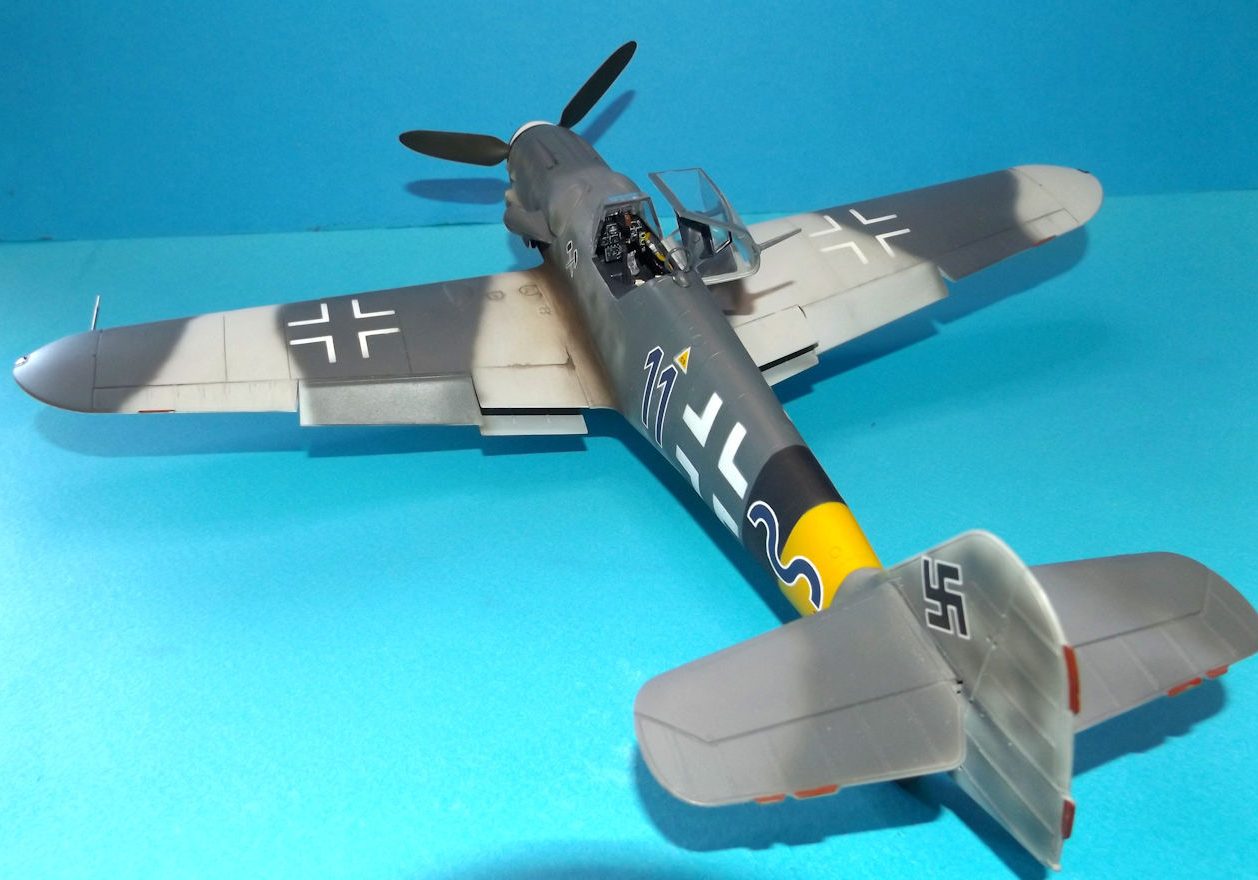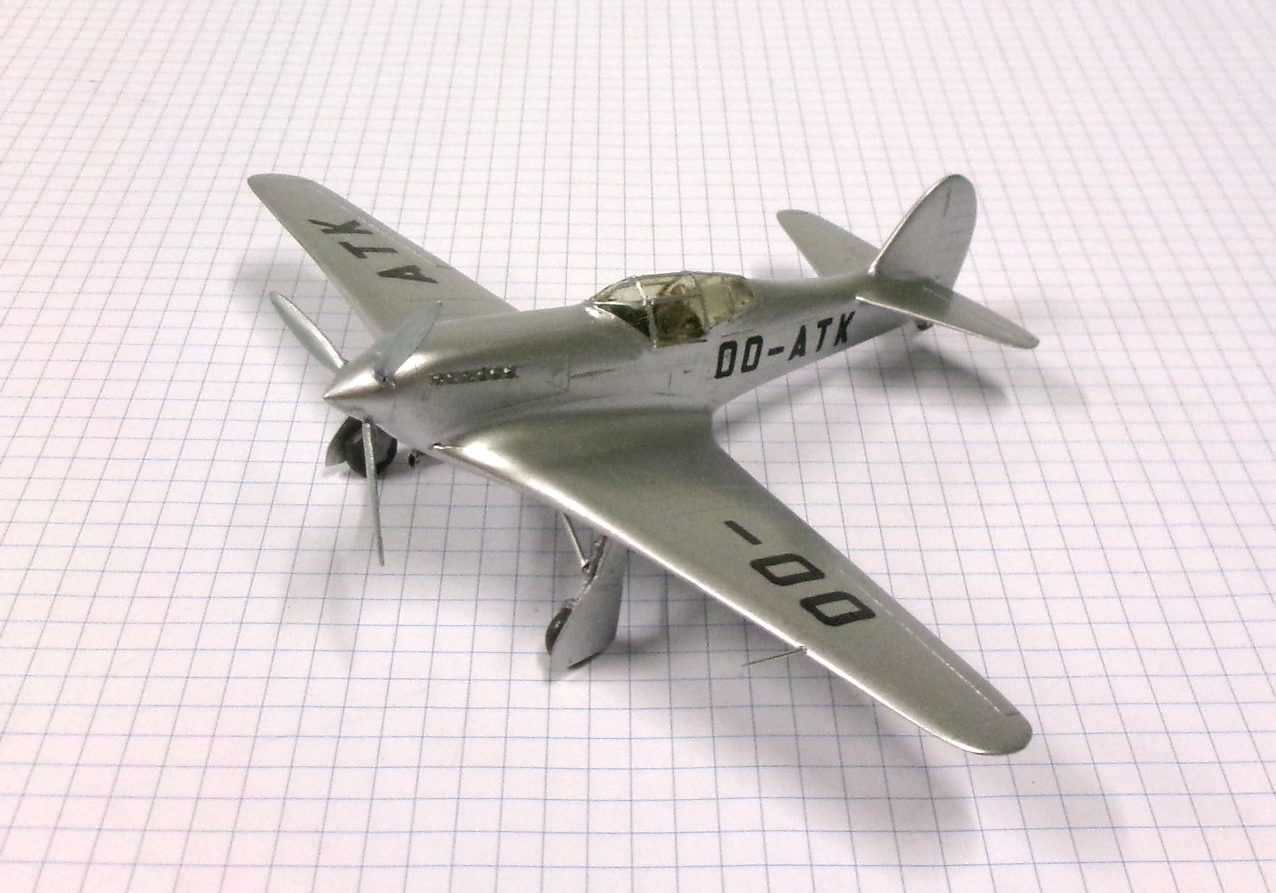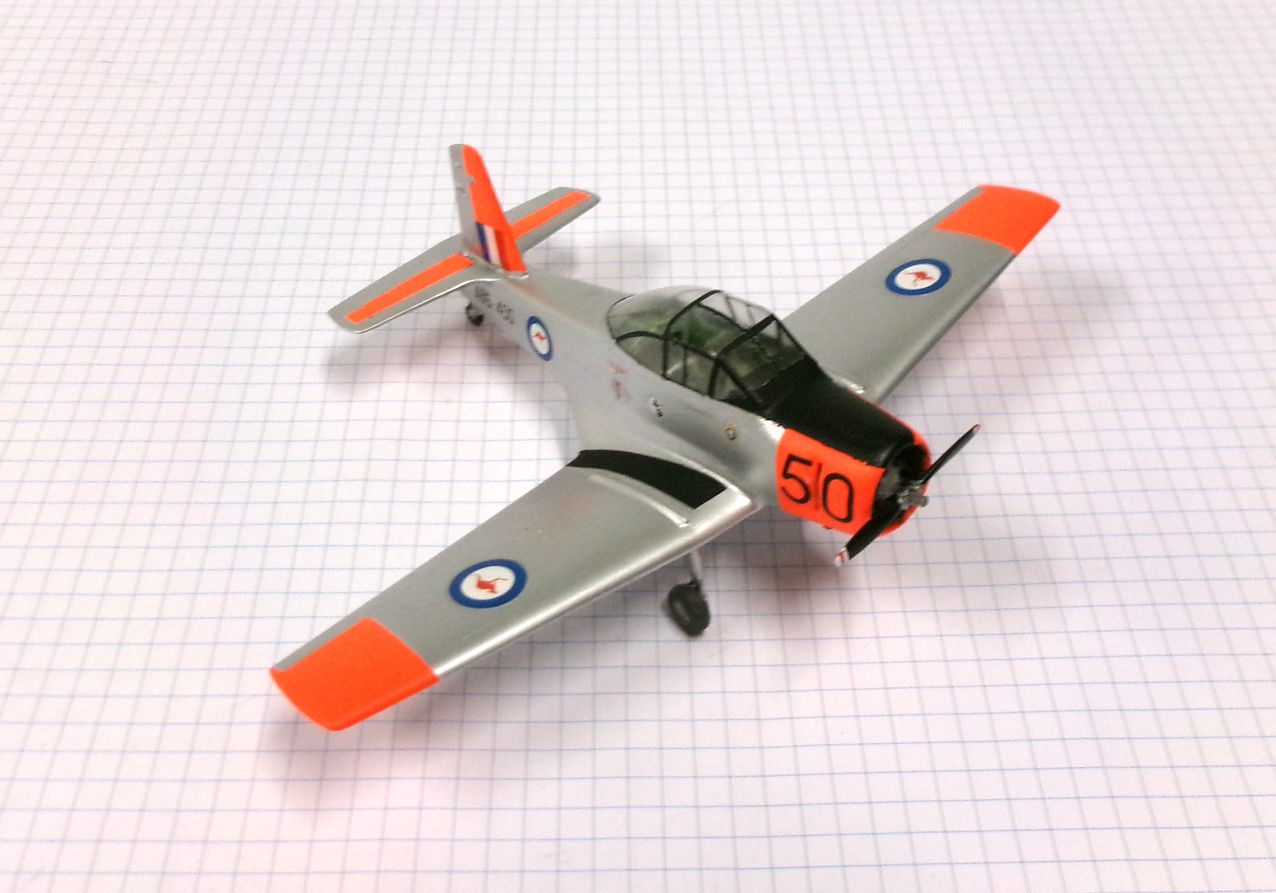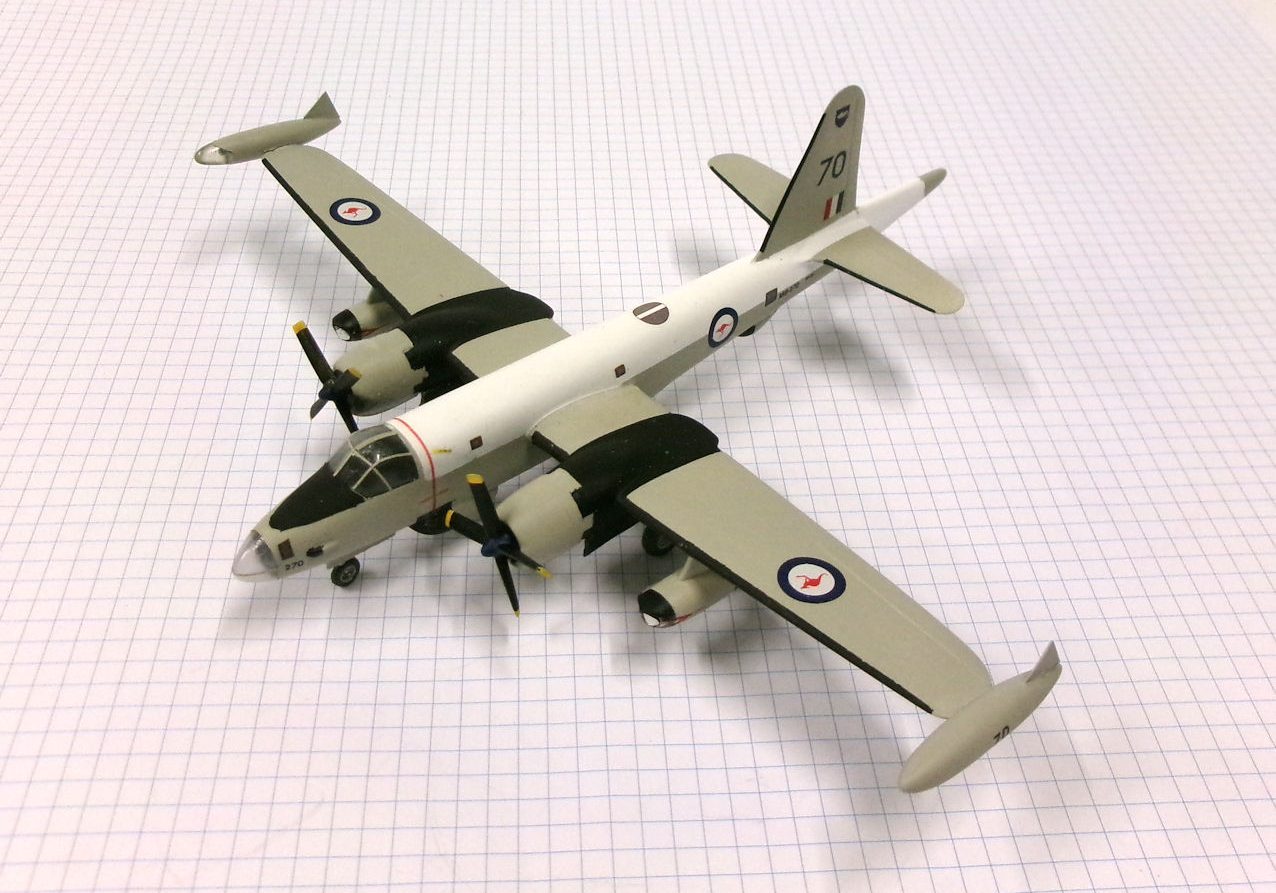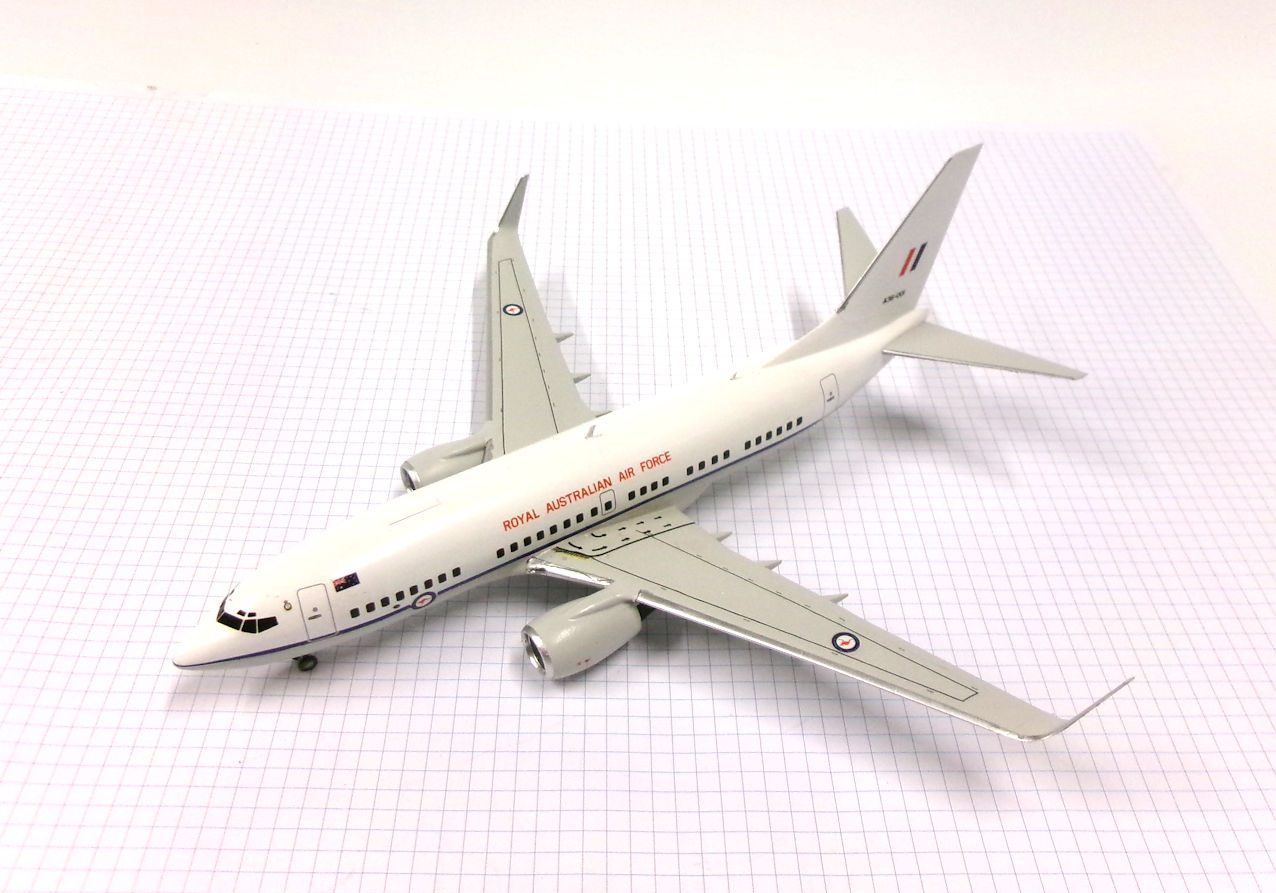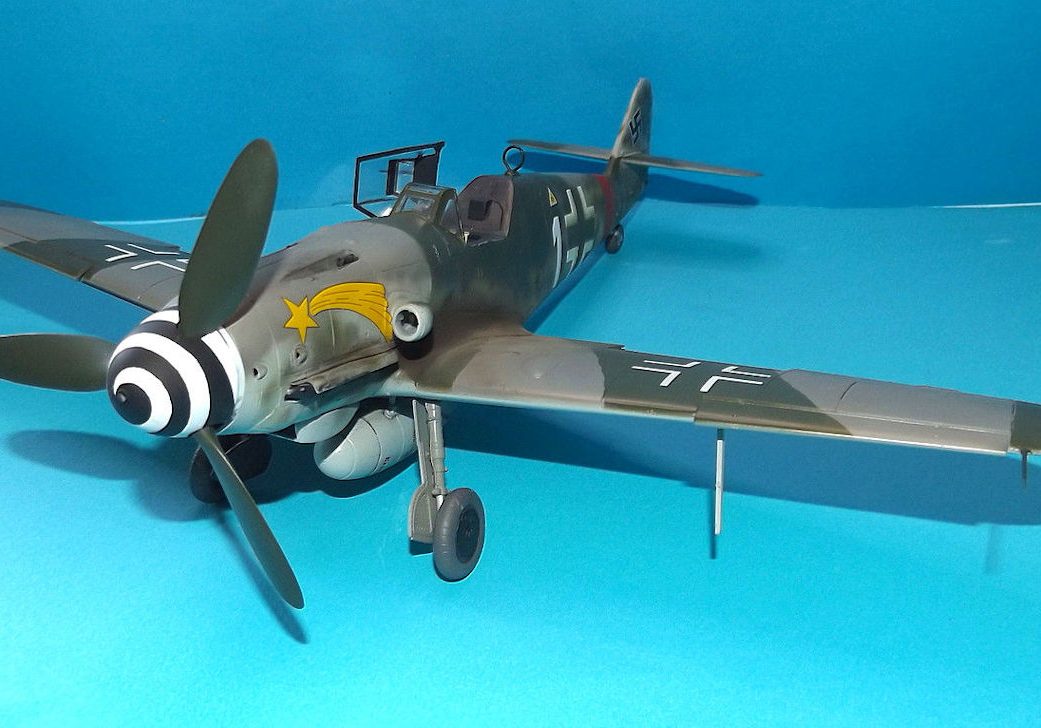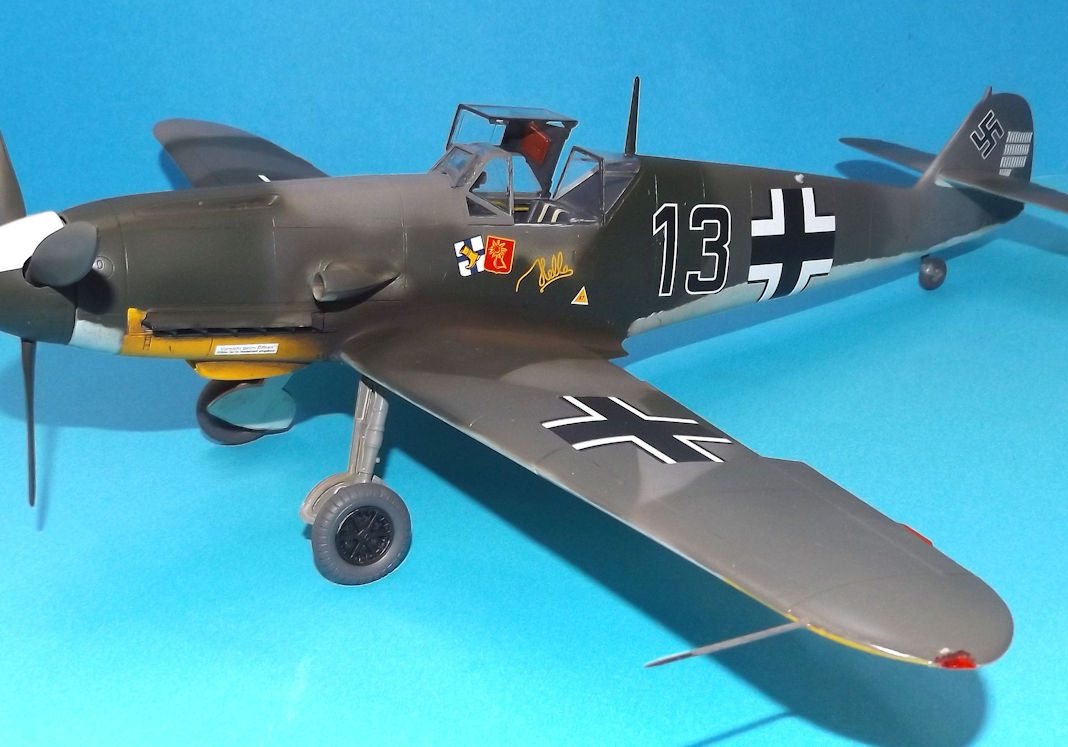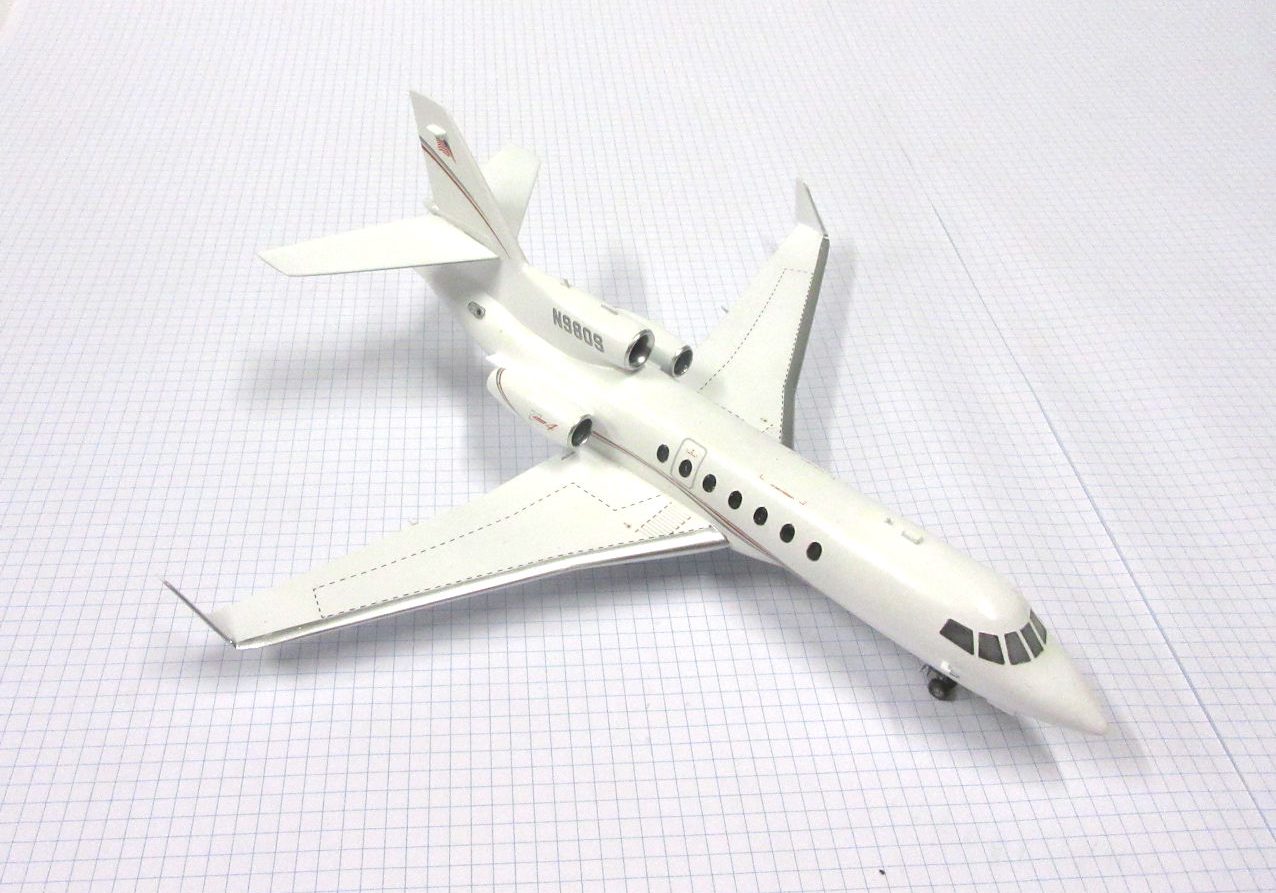History
The deHavilland DH-9A was a light bomber developed in Britain towards the end of World War 1. About 38 were given to Australia in 1919 and were the first aircraft registered for use by the Royal Australian Air Force.
The deHavilland DH-9A was an improved version of the earlier but unsuccessful DH-9 light bomber.
It began entering service with the RAF in April 1918 and was selected as that air force’s primary light bomber for post war service.
About 2,000 were built and were used mainly for policing duties in many of Britian’s colonial possessions.
In 1919 the British government gave Australia and the other Dominions 100 aircraft each with which to start their own air forces.
DH-9As were among the aircraft given to Australia with which it launched the RAAF.
This model represents A1-1, the first aircraft to be flown by the RAAF. This is how it probably appeared in 1928.
Kovozavody Prostejov 1/72 kit.
